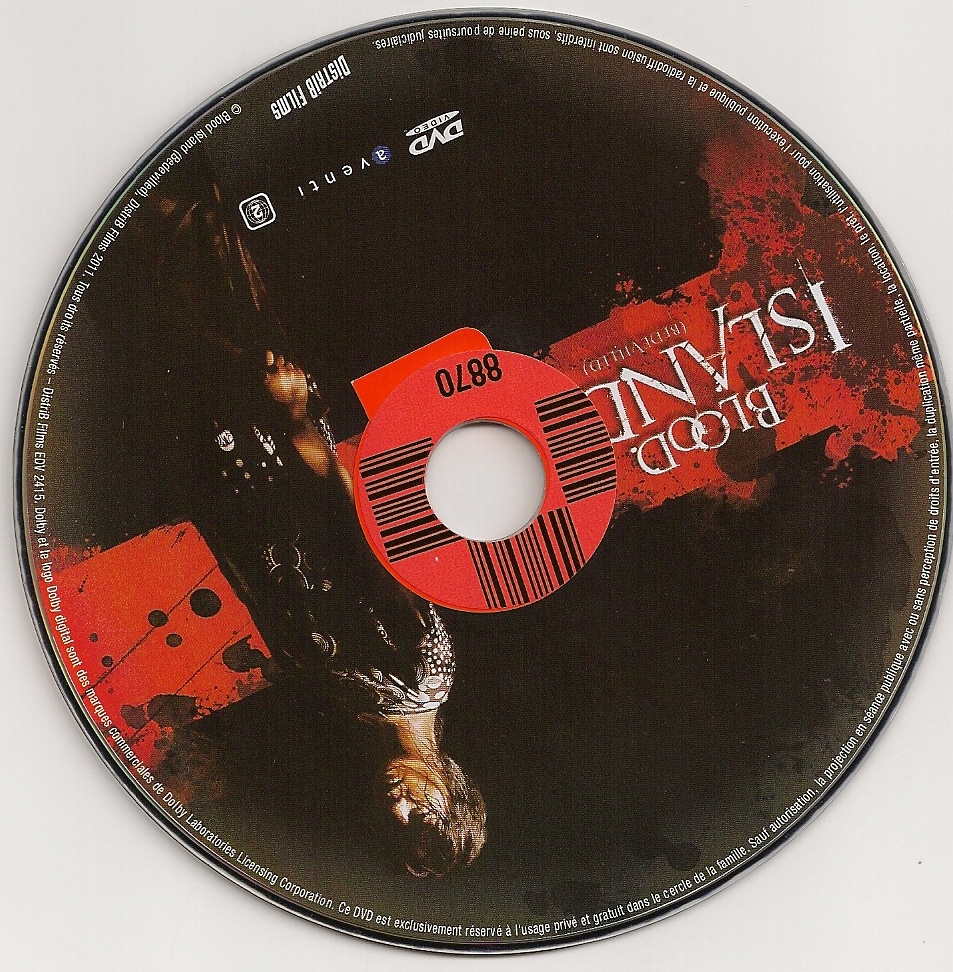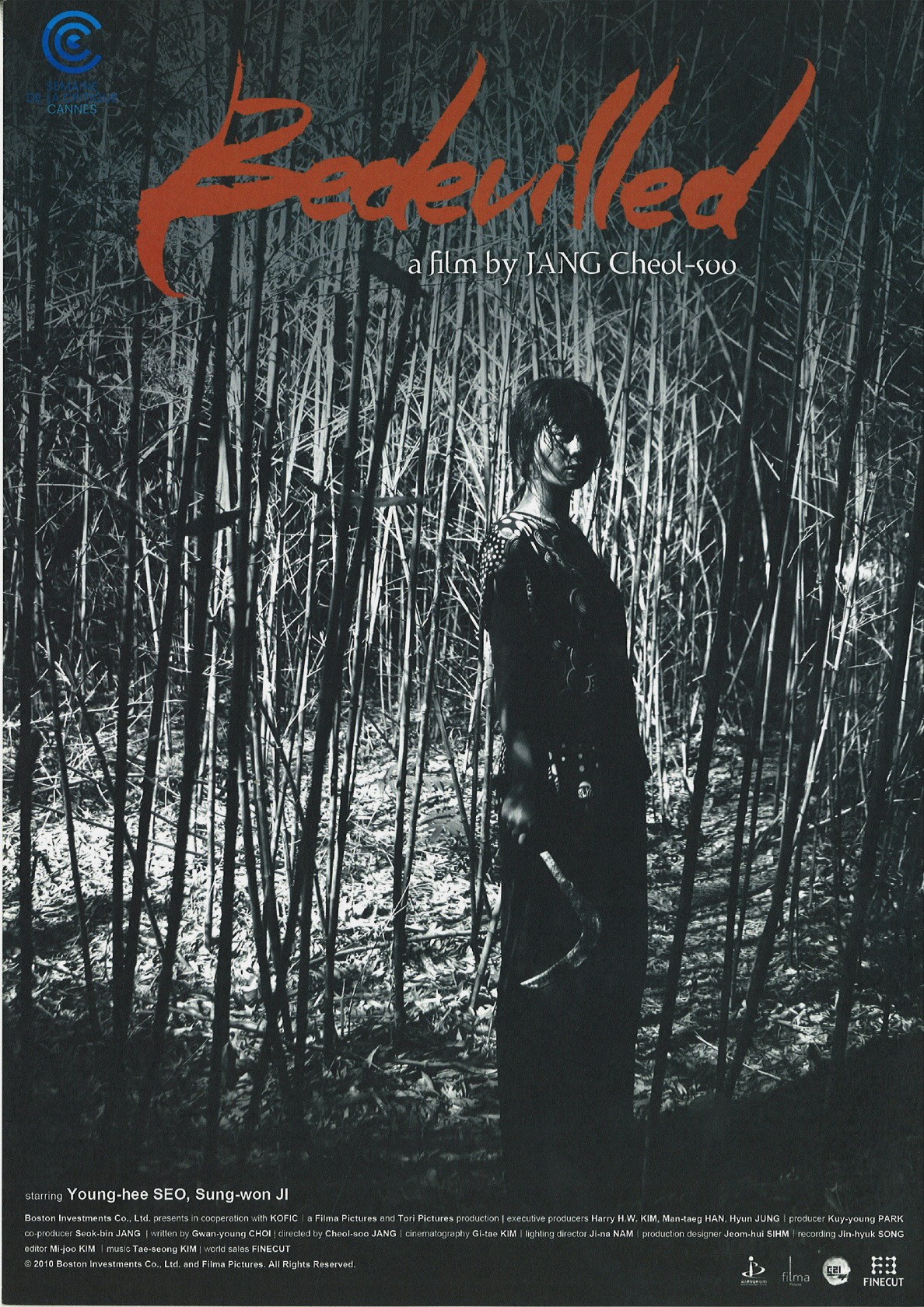

The identity of the Dutch sailor however, remained a mystery for 277 years after his death. Evan Davis, an American scholar argued in an article in the University of Pennsylvania journal, The Eighteenth Century: Theory and Interpretation, that if the Dutchman’s journal was factual, “it would be a valuable 18th century artifact, a rare record of the dying months of a man convicted of sodomy.” He also said “the Dutchman would provide a compelling counterpart to Alexander Selkirk, two genuine island solitaires separated by a decade from the 1719 publication of Robinson Crusoe.” The disappearance of the original diary and the moralistic sermons in the published translations made many scholars believe that the text had been fabricated. But soon, the original manuscript disappeared. A third version was published in 1730, titled The Just Vengeance of Heaven Exemplify’d.

A note to the readers said the original manuscript of this journal may be seen at the publisher’s. The title page in this publication said the diary was taken from the original journal found by “some Sailors who landed on Board the Compton, Captain Morson Commander”. Two years later, in 1728, another version was published in London under the title An Authentick Relation of the Many Hardships and Sufferings of a Dutch Sailor. A note on the frontispiece announced the diary was found by “Persons belonging to an English ship Named the James and Mary”. It appears Captain Balchen took the diary to some scholars in London and a translation of it appeared the same year titled Sodomy Punish’d. The subsequent history of the diary has been described by a descendant of Captain John Balchen in a post on (a website presenting genealogical and biographical information on members of a family, including John Balchen, who can trace their ancestry back to one Jonas Man). Two days later, both ships weighed anchor and set off to continue their course to England, with the Dutchman’s diary deposited in one of them.

The log of the Compton had similar entries for the same date. Could not find him so believed he perished for want of water… During the voyage home, Captain Balchen recorded in his logbook on 20 January:Īnchored on the NW side of the Island Asscesion… here is a fine sandy bay and good landing… sent our boat shore to Turn Turtles… this morning the boat returned with two… Here we found a tent with Bedding and Several Books with some writings by which we find there was a Dutch man turned on Shore here out of a Dutch ship for being guilty of Sodomy in Last May. He was in the company of the Compton, another East India Company ship commanded by Captain William Morson. Captain John Balchen, British commander of the East India Company ship James and Mary, left the Cape of Good Hope on Monday, 6 December 1725, to start his voyage to England. The discovery of the diary of this unfortunate young Dutchman was as accidental as the twists and turns of his own life. Leendert’s diary and other historical sources reveal details of his life and his terrible, lonely death as a castaway on Ascension Island in the South Atlantic. I realised that this small and nondescript building is the only thing that remains in his memory.

In its immense solitude, I looked for the presence of Leendert Hasenbosch, a young Dutch soldier who had donated more than two-thirds of his annual salary in 1718 for its construction. Today, Lazarus House is a small convent school. It was built in 1728 by the Dutch East India Company (Vereenigde Oostindische Compagnie – VOC), with public subscriptions from soldiers and officials stationed in the trading town they had come to occupy a few decades earlier, after driving out the Portuguese. Once upon a time, it was an asylum for lepers in the town, its cold cement benches and flooring giving little comfort to its unfortunate inmates. On a monsoon day, I went to see Lazarus House, an isolated and lacklustre building on the island of Vypin at Cochin, facing the calm waters of the Arabian Sea. Cover page of the 1726 edition of Leendert Hasenbosch’s diary.


 0 kommentar(er)
0 kommentar(er)
